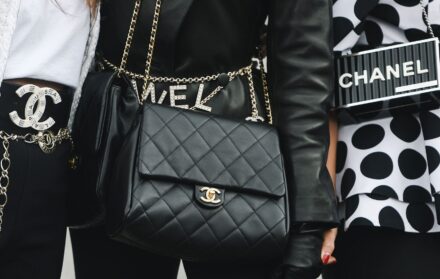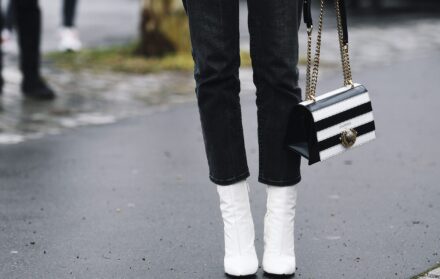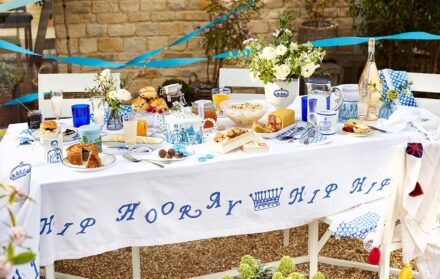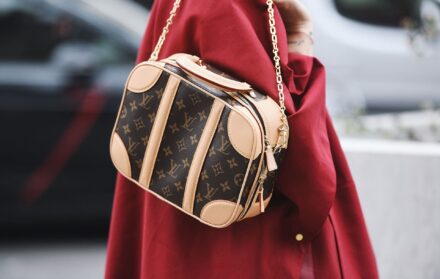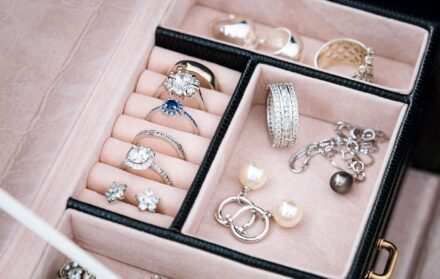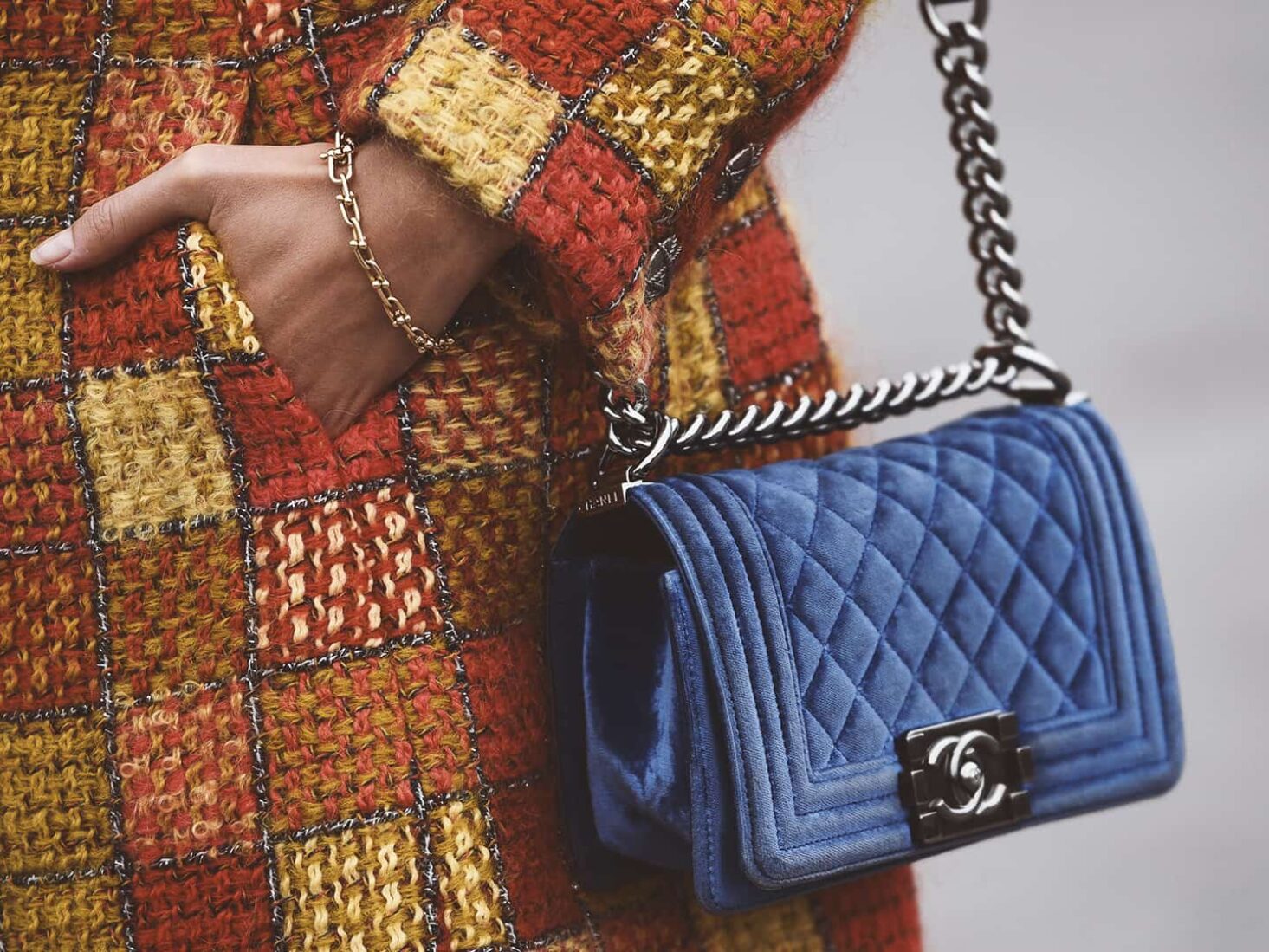
The complete guide to investing in luxury handbags
The women powering London’s £5 billion second-hand bag market on the pieces that will stand the test of time and why handbags are the ultimate empowerment emblem
In the world of collectibles, investing in luxury handbags is big business, and fast becoming a popular option for female investors – seasoned or amateur. But, while we’re big fans of handbags, the idea of buying them for financial gain seems alien in a world where investing is synonymous with stocks and shares. However, given the word ‘investment’ is derived from the Latin ‘investire’ – which means ‘to clothe’ – perhaps these wearable assets are actually the most fitting of all.
Phoebe Chamier, senior investment manager at Brooks Macdonald, explains that, given a prospective investor already has a well-rounded portfolio, luxury handbags can be a brilliant alternative investment option. This, she says, is because alternative investments, such as bags, wine, yachts and art, act differently to traditional ones, with research by Credit Suisse showing that among these ‘collectible’ investments, jewellery, handbags and watches are the most stable options.
Why are luxury bags a good investment?
Just like finely aged wines and art by Old Masters, it is vintage bags that are dominating the market. The capital’s leading handbag connoisseurs – and founders of London’s best pre-owned luxury goods venues – argue that this interest in collectible investments has been spurred, in part, by changing consumer tastes.
“More and more buyers are aware of the impact of their consuming habits on the environment,” says Rewind Vintage founder Claudia Ricco. As the buying power of the eco-minded Gen Z grows, sustainability has become a more important part of brand stories and marketing campaigns, meaning sub-sectors of fashion (like the pre-owned market) that are inherently sustainable have a head start.
“The fashion industry is taking steps to reduce its impact on the environment, [and] buying second-hand handbags is an eco-friendly way to shop, as it reduces waste and pollution,” adds Luxury Promise founder Sabrina Sadiq. “The key contributor to the increase in market size in second-hand shopping [is] the ease of access to these products. From e-retailers to social sellers and even things like TikTok selling, vintage shopping has never been this accessible.”
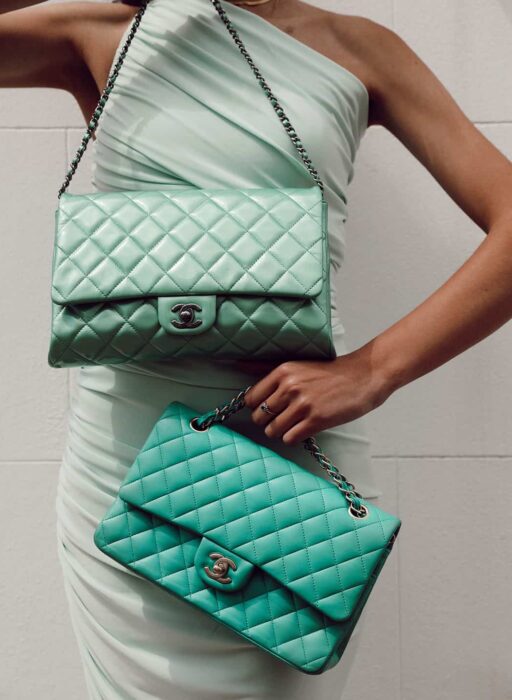
Image: Sellier
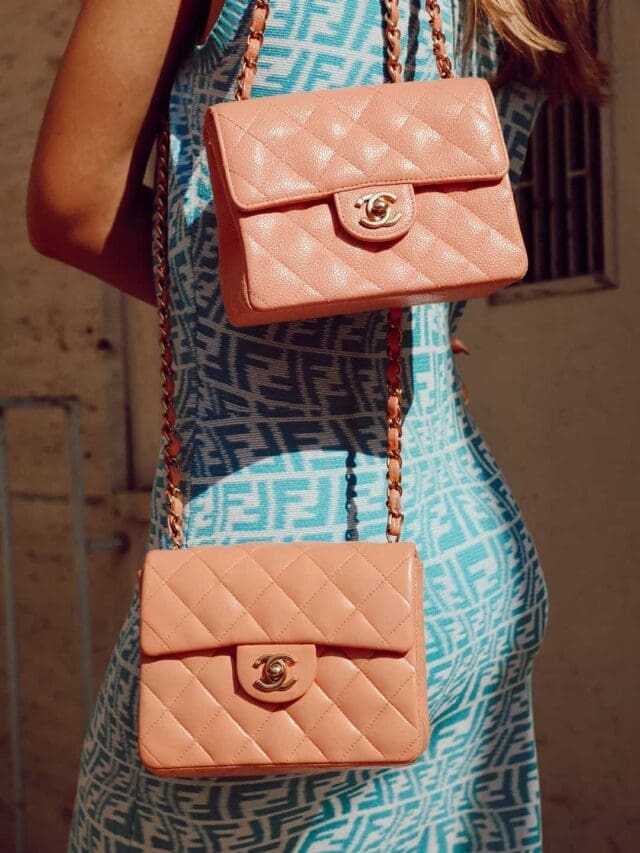
Image: Sellier
What to know before investing in a luxury bag
But don’t be fooled into thinking it’s as easy as flipping any old handbag for an instant profit. Like the stock market, not every bet is lined with gold, and not every bag is an investment. These collectible [also known as ‘passion’] investments are named as such because they require the investor to have extensive knowledge of the asset.
In the same way a whisky investor would know their Macallan from their Bowmore, a handbag investor should know their Birkin from their Kelly. Accordingly, a recent New York Life Investments research report confirmed that high-net-worth women are more likely to invest in ‘alternative’ investments over men, owing to the fact that women are generally also more likely to heavily research their chosen investment before sealing the deal.
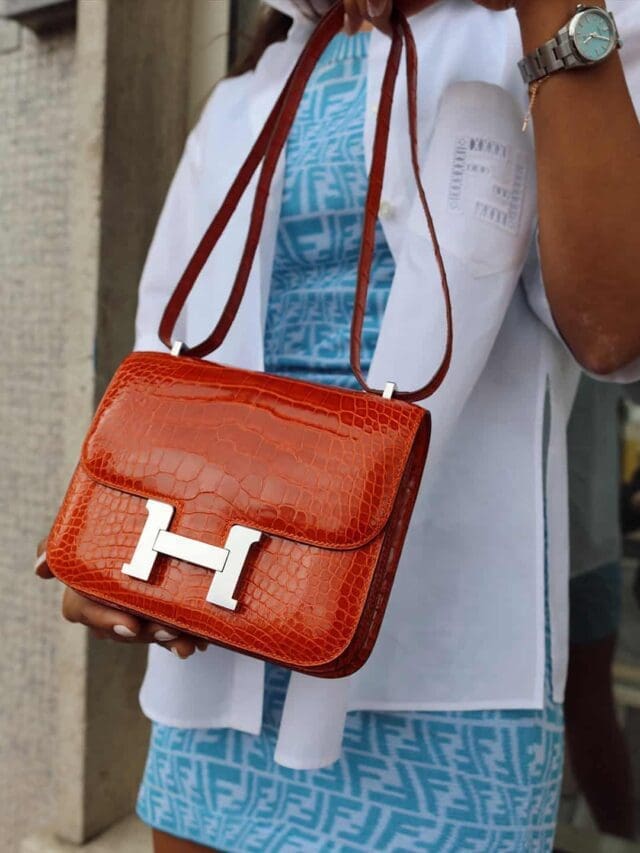
Image: Sellier
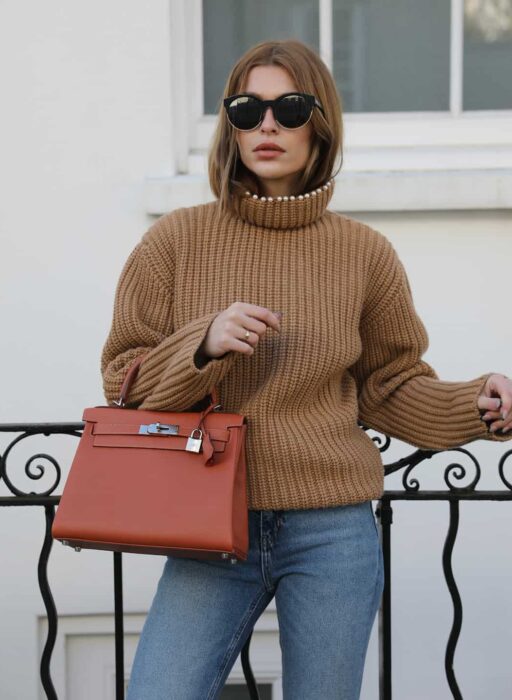
Image: Sellier
Which luxury bags make good investments?
So, what should you be buying? Ricco confirms that, at her firm, the majority of inquiries are for “the holy trinity of brands: Chanel, Hermès and Louis Vuitton. The average Chanel or Hermès handbag price increases approximately 12 per cent annually, making investing in bags more lucrative than other assets.”
Hermès, in particular, is continuously linked to the “investment bag” buzz owing to the intentionally elusive and limited nature of its products. The economics behind this is simple: supply vs demand. As Hanushka Toni, co-founder of Sellier Knightsbridge, explains, “Chanel and Hermès represent the most desirable bags in the category and derive their value from the scarcity of supply coupled with incredible demand in the resale market.”
In 2022, Business of Fashion forecasted the value of the luxury leather goods industry would be $100 billion by 2027. During lockdown, searches for Hermès bags spiked by 430 per cent and, while there is no official waiting list to buy one new, it’s not uncommon to hear of lucky owners who waited years to get their hands on one – creating the perfect recipe for an investment handbag.
The result? Not only is buying a second-hand Hermès bag more achievable, it’s financially savvy as well. Indeed, a study by Deloitte and Credit Suisse found that in 2020 the Hermès Birkin saw returns of 38 per cent on average — the highest of all the collectible assets. In 2018, a rare Himalaya Birkin sold at auction for a record-breaking £162,500. Which makes the average pre-loved retail price of around £10,000 seem like quite the bargain.
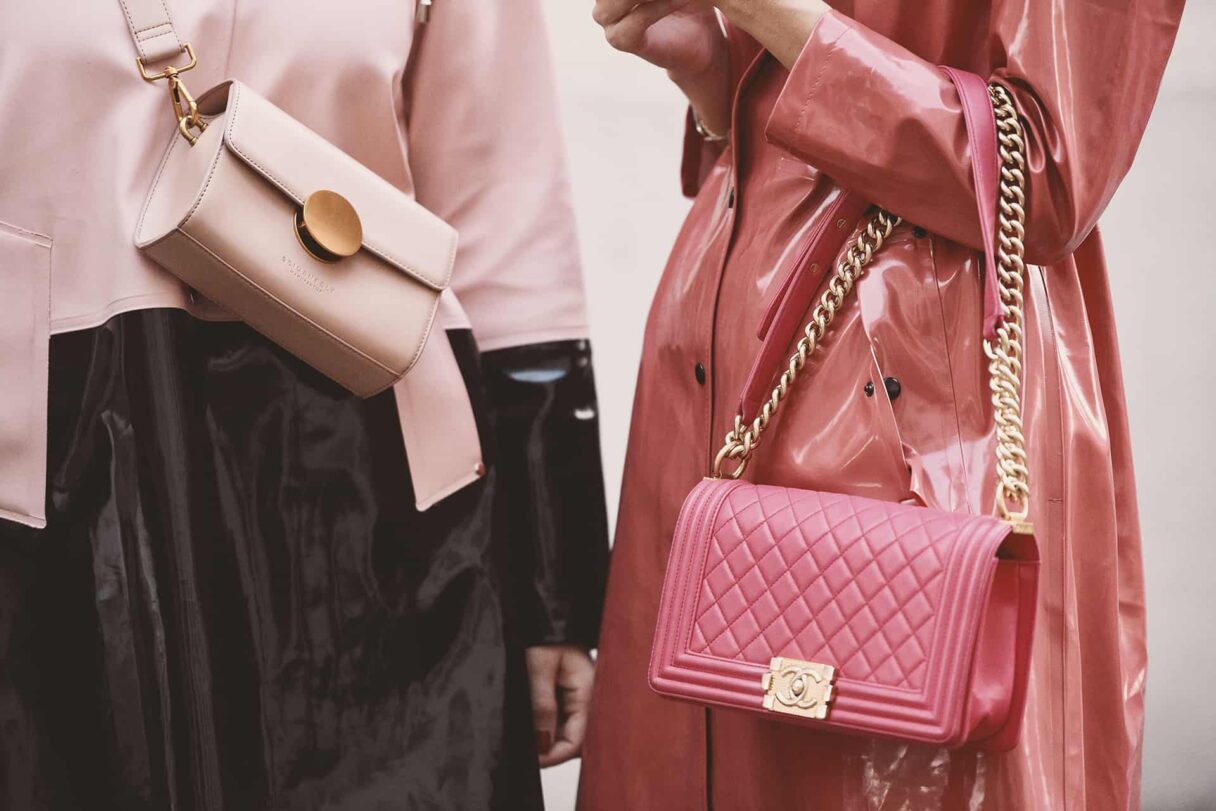
How can I tell if a luxury bag is authentic?
Be warned, a deal that seems too good to be true may well be just that. While there has been an increase in reputable, professional resellers, like Luxury Promise, Rewind Vintage and Sellier, there has also been a rise in the sale of counterfeit and stolen goods – so it’s important to be cautious when dealing with private sellers.
“Look for reviews and feedback from previous buyers,” recommends Sadiq. “Also look for sellers who provide detailed information and photos of the handbag, including any signs of wear or damage. Ask the seller for authentication documents, such as receipts, certificates of authenticity, or proof of purchase.” Treat the purchase as you would art. You wouldn’t take an eBay seller’s word that they’re sending you a genuine Picasso, so don’t trust they’re selling real Chanel, Louis Vuitton or Hermès either.
And, while there may be more to consider than with a traditional investment, handbags open up investing to a completely new demographic. It’s no great revelation to say that investing, be that on the stock market or through collecting cars, whisky and art, has long been a boys club. According to online broker comparison site Broker Chooser, just 21 per cent of investors in the UK are woman, with this figure rising to just 24 per cent on a global scale.
“Fashion tech and circularity today is a movement a bit like the Avon ladies in the ‘50s, who were the first financially independent women with a respectable profession,” says Ricco, explaining that promoting the benefits of investing in handbags is more than just a marketing technique to get prospective buyers to part with their cash. “Investment purchasing behaviour enables female empowerment by allowing women to hold on to easy-to-liquidate assets that have a strong effect on their financial empowerment,” adds Sadiq.
While, as is the case with many female-dominated industries and professions, the wider market has been slow to take these investments as seriously as their traditional counterparts, this shouldn't deter prospective investors. With research from the world's largest financial institutions showing handbags make some of the most lucrative investments on the market, and with a plethora of experts and trusted resellers at your fingertips, in the words of Sellier’s Hanushka Toni, “the best time to buy is always now.”
Read more: The rise and rise of the celebrity creative director

